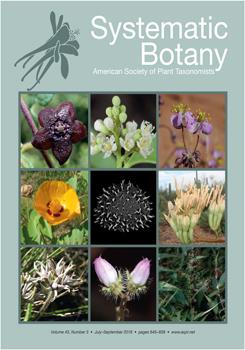For over thirty years archaeologists have provided evidence that southern Arizona pre-Columbian Native Americans, the Hohokam, extensively cultivated agave. However, no archeologists reported finding living agaves growing in the rock-piled or gridded Hohokam fields, therefore researchers could only speculate about the species cultivated. Our work expands upon a recent publication noting several agaves growing in prehistoric dry-farmed fields on terraces overlooking the San Pedro River. These agaves have affinities to A. phillipsiana W. C. Hodgs. and A. palmeri Engelm. based on flower color but differ by their gray-green leaves with thick bases and conspicuous bud imprinting. They are extremely rare, reproduce asexually via rhizomatous offsets with no apparent fruit set, have relatively uniform intra- and inter-population morphology, grow only with archaeological features and are unknown from natural settings: all characteristics expected in a domesticated crop. Here we describe Agave sanpedroensis, provide a key to distinguish it from other agaves in south-central Arizona and propose that it is a clonal, relictual crop grown from ca. A.D. 800–1450 by the Hohokam, and thus represents a ‘lost crop’ as sought by archaeologists. The extensive size and wide distribution of Hohokam agave fields that transformed the landscape and are still visible today indicates the crop's importance in the Hohokam economy. The question of where and when this agave originated has implications for North American domestication centers. Our discovery emphasizes the importance of collaborative research between archaeologists and botanists whose distinctive data can provide a richer understanding of how the Hohokam developed and then sustained one of the American Southwest's largest prehistoric populations.
How to translate text using browser tools
10 August 2018
Hohokam Lost Crop Found: A New Agave (Agavaceae) Species Only Known from Large-scale pre-Columbian Agricultural Fields in Southern Arizona
Wendy C. Hodgson,
Andrew M. Salywon,
William H. Doelle

Systematic Botany
Vol. 43 • No. 3
Jul-Sep 2018
Vol. 43 • No. 3
Jul-Sep 2018
Dry-farming
landscape modification
rare plant
relictual domesticate
Southwestern ethnobotany




